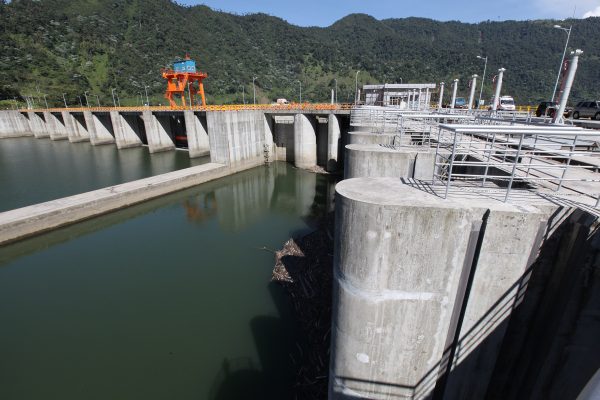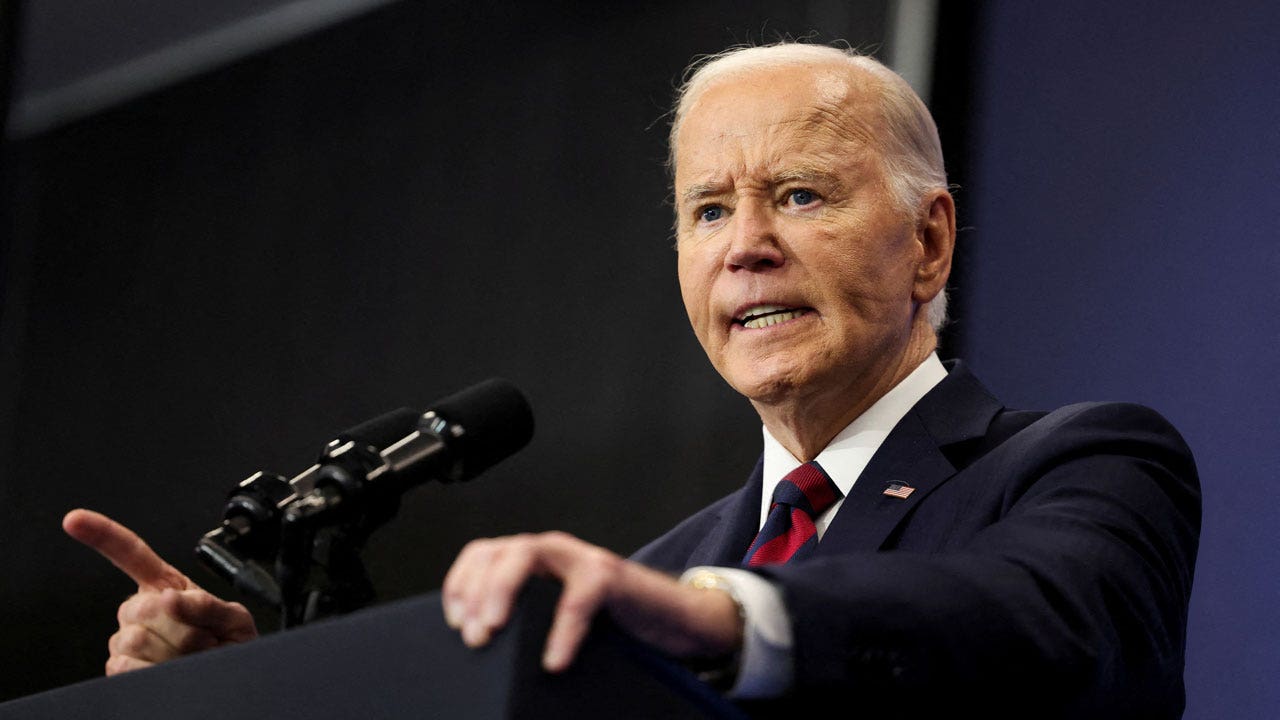Malaysia’s 2025 budget is moving toward finalization. Having passed one phase of the legislative process this week, the bill now moves onto the committee phase, which runs for several more weeks. While it’s still possible amendments will be made, the basic structure is unlikely to change dramatically. Under the current plan, public spending is set to increase modestly by 3.3 percent in 2025, to 421 billion ringgit, or around $96 billion.
Headline indicators look good, with the economy projected to grow between 4.5 and 5.5 percent next year. Inflationary pressure has cooled significantly, with the benchmark interest rate holding at 3 percent since late last year. And while the ringgit has experienced some weakness against the dollar, this is true of most currencies since the U.S. Federal Reserve started raising interest rates in 2022.
With stable macroeconomic conditions Malaysia’s fiscal deficit is expected to narrow to 4.3 percent of GDP this year and to 3.8 percent in 2025. Within a few years, the plan is to get the deficit under 3 percent. This will be accomplished through a mix of economic growth, increased revenue, and cuts to certain public expenditures.
The most contentious spending cut is probably to social assistance and subsidies, which is set to contract by 14 percent next year after already falling 15 percent in 2024. It should be noted that social assistance and subsidies rose sharply during and after the COVID-19 pandemic to cushion economic shocks, especially in energy and food prices. It’s not surprising the government is now looking to roll them back as economic conditions improve. The goal now is to target subsidies more effectively, especially energy subsidies.
Meanwhile, revenue is set to increase by around $4 billion next year thanks to reforms that have widened Malaysia’s tax base. Planners believe tax revenue will rise by 7.5 percent in 2025, much of it driven by sales, service, and corporate taxes. Currently, the plan is to expand the sales and service tax further in the middle of 2025.
While this may be good for long-term fiscal health, higher taxes and reduced subsidies are rarely a popular mix. Meanwhile, petroleum-related revenue (such as dividends from state-owned oil and gas giant Petronas) will continue decreasing as a share of total public revenue, from 19.6 percent in 2024 to closer to 18 percent in 2025.
Budget 2025 therefore mainly reinforces other recent budgets, and helps consolidate a shift in fiscal strategy. For several years now Malaysia has been seeking to broaden the tax base and reduce reliance on Petronas and petroleum-related revenue. At the same time, the country has been aiming to pivot toward a more balanced model of economic growth with a greater emphasis on value-added manufacturing, investment, and human capital. There are a number of tax and other incentives included in the budget to encourage investment in capital and technology-intensive industries such as data centers, semiconductor manufacturing and clean energy.
Of course, the success of such a strategy will be influenced by conditions in the wider global economy. The Budget Outlook for 2025 adopts a rather optimistic view here, confidently stating that “Malaysia, as an open trading nation, is envisaged to maintain its growth momentum in 2025, in tandem with the resilient global economy.”
But just how resilient is the global economy these days? The budget was drafted before the U.S. presidential election but it’s been clear for some time that economic nationalism and protectionism are on the rise, largely in response to perceived imbalances in the global economy. This is not great news for countries looking to harness trade as an engine of economic growth.
How this will impact Malaysia’s pursuit of technology and investment-led growth and deeper integration into global supply chains remains to be seen. For now, what we can say is the main story of Malaysia’s 2025 budget is that the return to fiscal discipline in the post-pandemic era marches on, with higher tax revenues, less subsidies and modest deficits being underpinned by stable growth.





















Discussion about this post